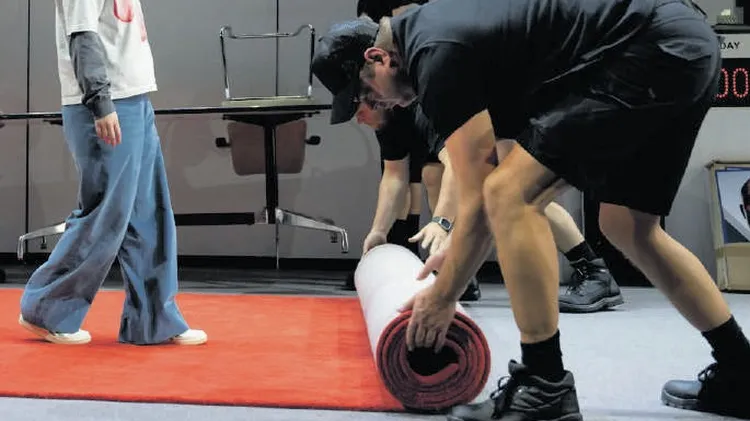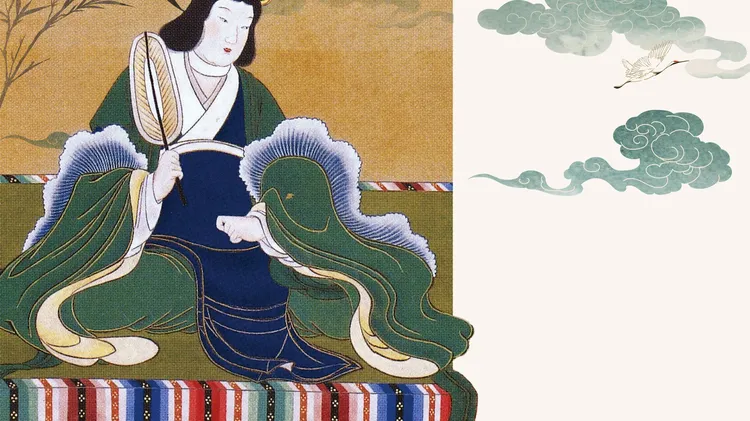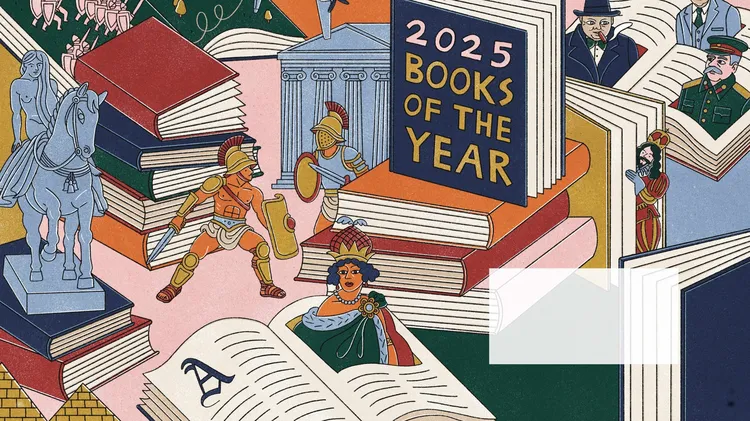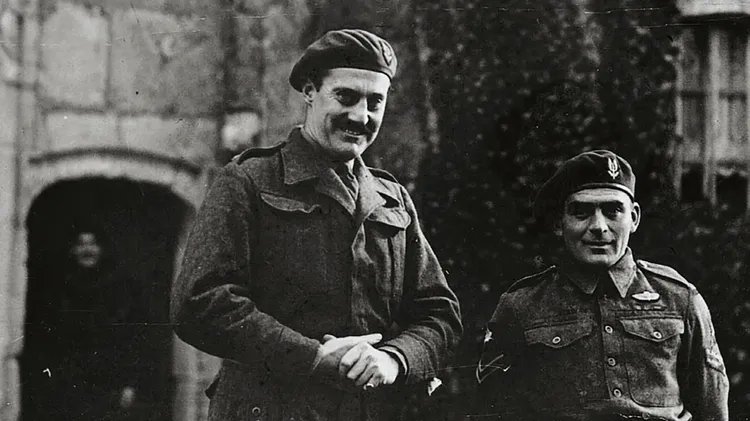Daisy Dunn tell
“it’s time to write women back into these world-changing ancient events”
12 min read
This article is from...
Read this article and 8000+ more magazines and newspapers on Readly






